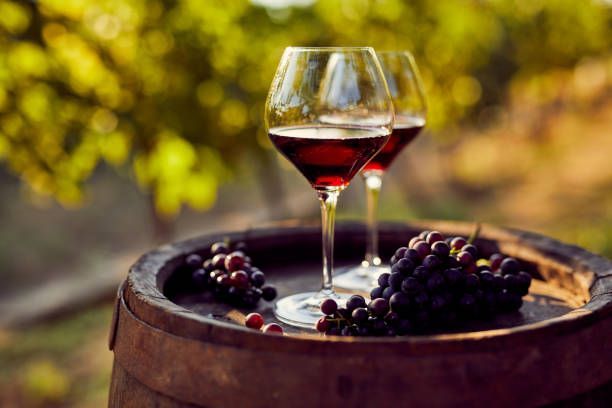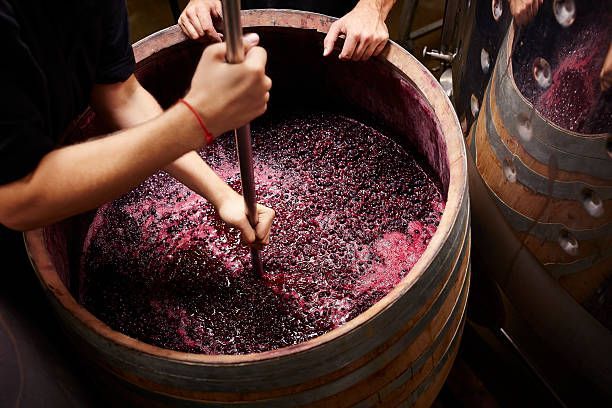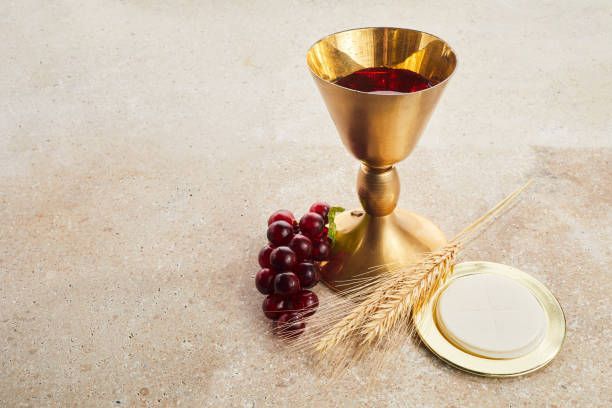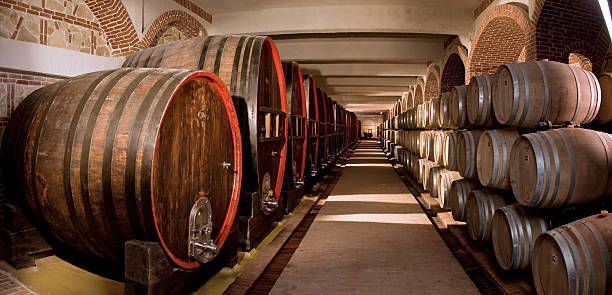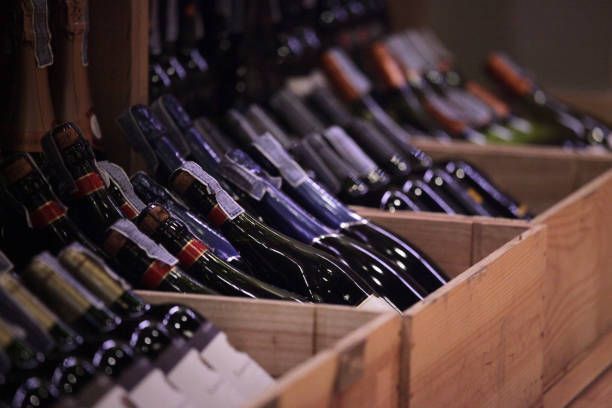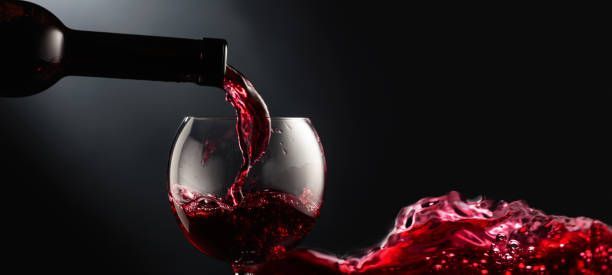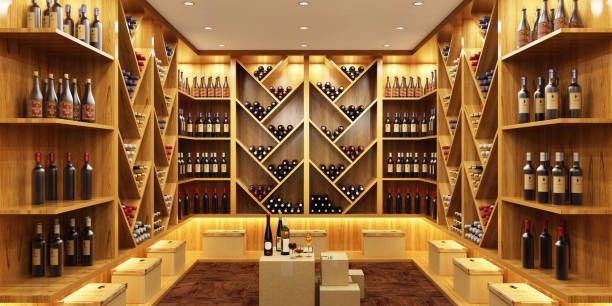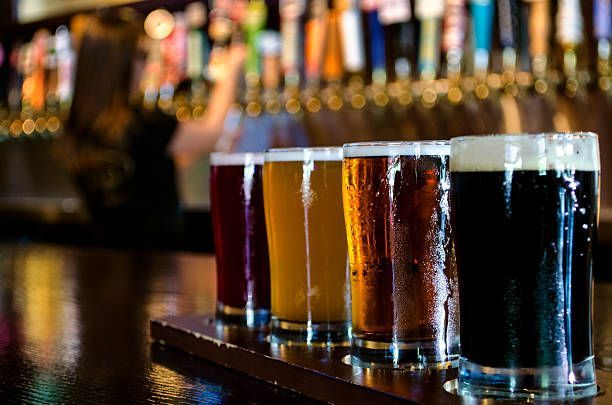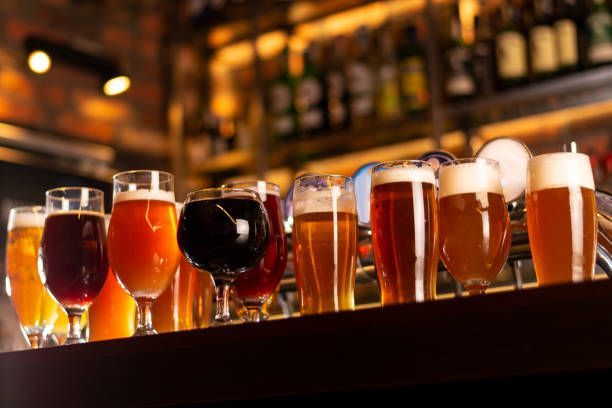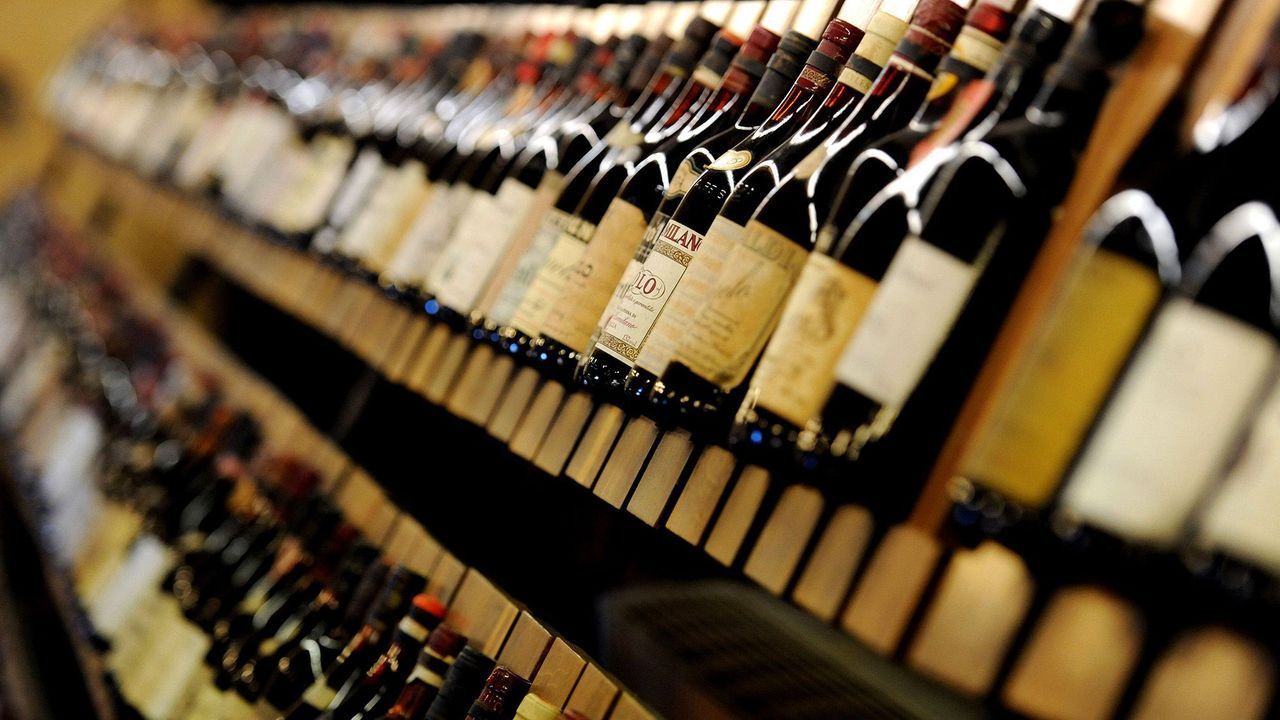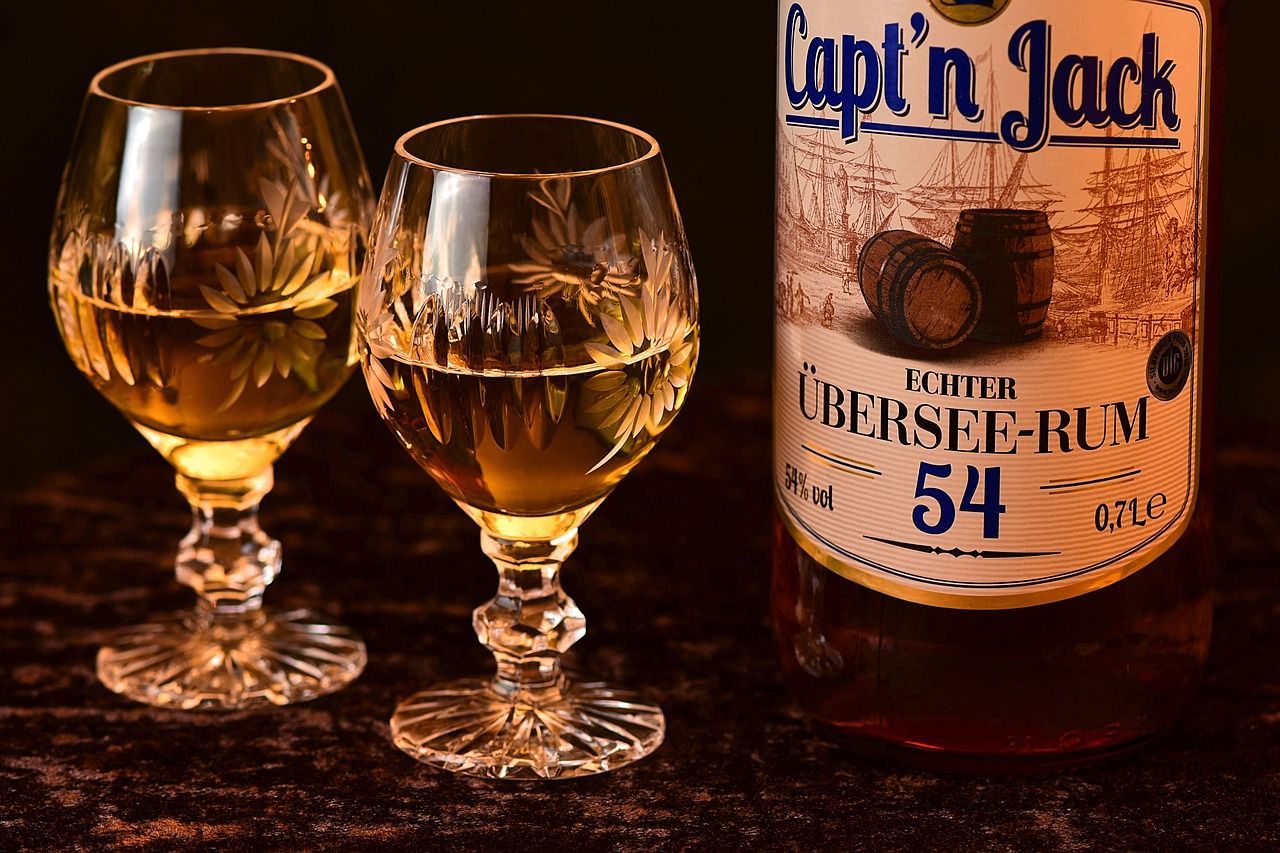France, Italy, and Spain spring to mind when we think of wine-producing nations. But the New World has a long tradition of wine production as well, with some of the most renowned wine areas being found in nations like the United States, Argentina, and Chile. So how did the practice of making wine arrive in the Americas, and what part did colonization play in its advancement?
Wine has been produced in the Americas since the arrival of the Spanish in the 16th century. Grape vines were transported to the New World by Spanish missionaries and planted in places like Mexico and what is now California. The construction of industrial wineries and the introduction of fresh grape types, however, didn't occur in the Americas until the 19th century.
With the introduction of wineries in areas like California, New York, and Virginia in the middle of the 1800s, winemaking in the U.S. started to gain prominence. Due to its favorable temperature and soil for producing grapes, California's wine industry in particular prospered. The development of the American wine business was further fueled by the immigration of Europeans in the late 1800s, who brought with them their own winemaking customs.
South America has a long history of producing wine, with nations like Argentina and Chile rising to prominence on the world wine scene. When Spanish invaders brought grape vines to the area in the 16th century, Argentina began to produce wine. Chile's wine industry dates back to the 16th century as well, but it wasn't until the 19th century that wine-making began to thrive.
Both positive and negative effects of European invaders' presence on winemaking can be seen in the New World. On the plus side, the development of distinctive regional styles was aided by the introduction of new grape varieties and winemaking methods, which helped to diversify the wine business. However, colonization's expansion also had drawbacks, especially for native communities who were frequently made to labor in vineyards and had their own customary farming practices interrupted.
Additionally, the wine business saw economic effects from the colonization of the New World. Because European invaders carried their own wine preferences with them, many winemakers in the New World started to manufacture wines that suited those tastes. Due to this, efforts were concentrated on making wines that resembled European wines rather than on developing original and distinctive characteristics.
Despite these obstacles, the New World wine industry continued to expand and change, with many winemakers now concentrating on producing distinctive, terroir-driven wines that are a reflection of the region's climate, soil, and topography. In recent years, the wine business has also placed more of an emphasis on sustainability and organic agricultural methods, reflecting a rising awareness of environmental issues and the need to preserve the environment for future generations.

